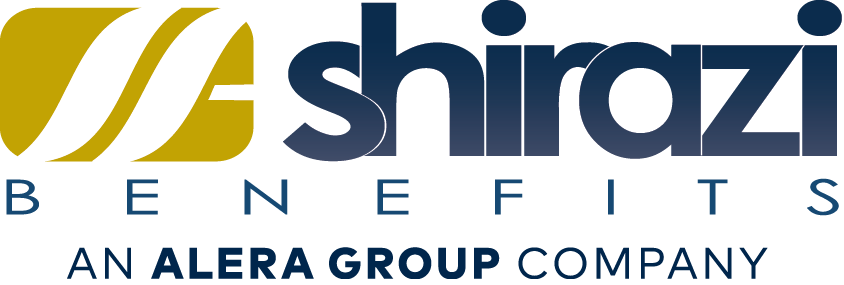 Your employees can enjoy the benefit of paying their long-term-care insurance premiums tax-free — if you offer a Health Savings Account (HSA).
Your employees can enjoy the benefit of paying their long-term-care insurance premiums tax-free — if you offer a Health Savings Account (HSA).
Funded with employees’ pre-tax dollars, HSAs are not subject to taxes when withdrawn for qualified medical expenses.
Employers can only offer HSAs if the HSA account is tied to a high deductible health insurance plan (HDHP). An HDHP is a policy that requires the policy owner to pay a minimum deductible in 2018 of $1,350 for a single person or $2,700 for a family policy. Once the deductible is met, the policy owner and the insurance company share in paying health expenses until reaching a maximum out-of-pocket amount. Employees who have HSAs can pay the deductibles from the account.
Qualified long-term care premiums are considered a medical expense. Life insurance policies that provide a long-term-care benefit are not eligible for the tax-savings benefit.
The amount an employee can withdraw annually to pay long-term care premiums depends on their age at the end of the year.
For instance, in 2018, age:
- 40 or younger can withdraw up to $420 tax-free
- 41 to 50 can withdraw $780
- 51 to 60 can withdraw $1,560
- 61 to 70 can withdraw $4,160
- 71 or older can withdraw $5,200
Fortunately, your employees have another avenue to pay for long-term care insurance premiums with tax-free funds without an HSA. They may qualify for the medical-expense deduction when filing their tax forms. Employees must itemize their expenses, and their eligible medical expenses are deductible only to the extent that they exceed 7.5% of their adjusted gross income. Some states also offer additional tax breaks for qualified long-term-care insurance premiums.





